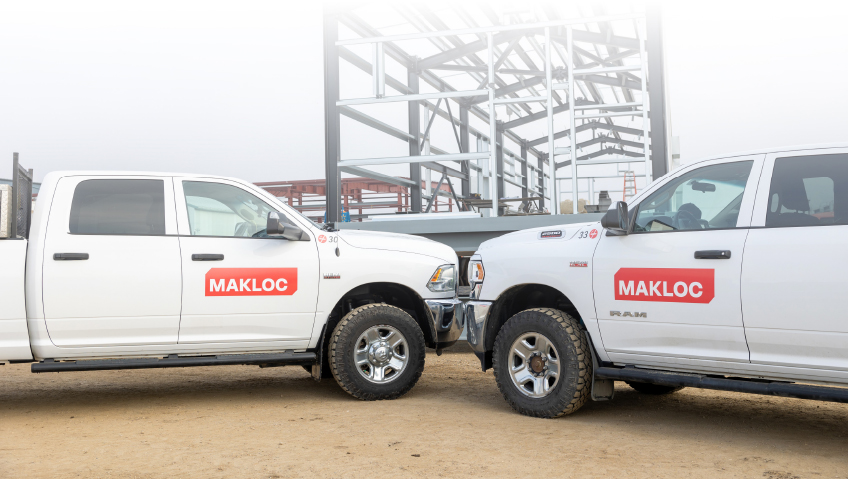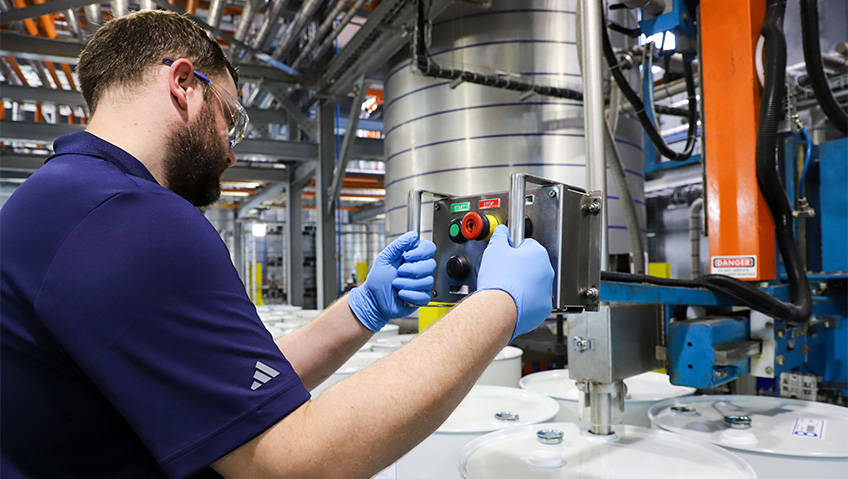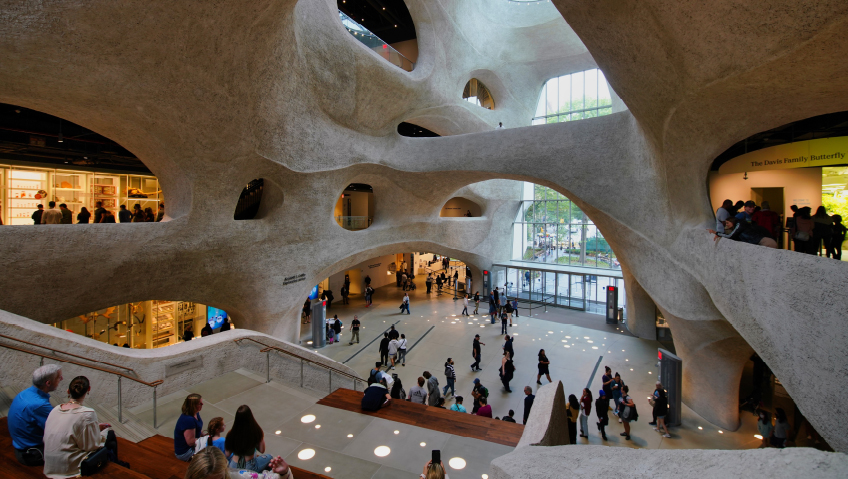Based in Lindon, Utah, Cloward H2O has brought its aquatic engineering skills to water parks, aquariums, splash pads, fountains, white water rafting sites, and the world’s deepest swimming pool, among other recreational water facilities for over 45 years.
The firm’s engineering duties cover everything “from the pool edge—or water edge—in: the pool structures, the mechanical systems to keep the water clean, controls, power, and the structural design and waterproofing,” explains Managing Partner Allen Clawson.
This includes planning and conceptual design, water treatment and circulation engineering, hydraulic analysis and modeling, aquatic life support design, structural engineering, and power distribution and controls.
Naturally, Cloward H2O works closely with architects, designers, and developers. The company’s engineers review project designs as early as possible to ensure these “don’t violate the laws of physics, are constructable, and will work the way [the architects and developers] show it. We strive to bring the creative visions of our clients and designers to life in a thriving, collaborative design process,” says Corry Cloward, President and son of the company’s founder.
A workable infrastructure, much of it buried or hidden, is critical for the success of any recreational water facility. “If you don’t get all the underground elements right, all the pretty stuff aboveground isn’t going to matter because you will have to dig it all up to fix it. So, you’d better get it right the first time,” Clawson points out.
The firm takes on anywhere from 80 to 100 projects a year, roughly half of which are based outside of the United States. The lion’s share of the company’s revenue comes from resorts and the hospitality sector. All of its projects fall within the recreational water market. “We don’t do civil projects; we don’t do water treatment, sewers, drinking water facilities,” explains Dan Aldred, Associate Principal.
“Sometimes aquatic visions start with a napkin and pencil. We specialize in turning those initial sketches into exceptional recreational aquatic environments across the globe through engineering!”
Among noteworthy overseas engineering projects is Deep Dive Dubai, a swimming pool in the Middle East that drops 60 meters for scuba diving and free diving. At present, this is the deepest swimming pool on the planet.
Domestic projects include Glenwood Hot Springs, a Colorado facility that was in need of a lift. “The owners and client decided they wanted to bring it up to par with modern technologies. That project turned out really spectacular,” says Aldred. Glenwood Hot Springs maintains their claim to the world’s largest hot springs pool and with the recent renovations, currently boasts wade-in pools with waterfalls, an impressive water-spraying fountain, an adventure river feature, and numerous soaking pools.
In a similar vein, Cloward H2O handled engineering tasks at Montgomery Whitewater. “It’s a whitewater rafting and kayaking facility in Montgomery, Alabama. It opened last summer, and it’s exemplary in terms of size,” says Clawson. The facility features a 2,200-foot-long channel for introductory whitewater rafting and a 1,600-foot channel for more advanced enthusiasts. The structure in which these channels were built contains millions of gallons of fast-flowing water. Given this, the margin for error in the construction process was nonexistent.
“It’s an $80 million project, and it had to work the first time. You’re pouring 200,000 cubic yards of concrete, and you’re putting in 600 to 750 horsepower pumps. If you go to turn those pumps on and something doesn’t work or the concrete’s cracked… it’s millions [of dollars] to go and fix it. So, there’s a lot of testing, a lot of validation with computer models, physical models, simulations, and expert opinions on every aspect,” says Clawson.
Ensuring structural integrity is central to everything Cloward H2O does. While a breakdown in pumping or filtration might be expensive to fix, a leak or collapse could lead to calamitous results and injury. To prevent such things from occurring, the company takes a cautious approach and strictly adheres to established best practices, standards, and building regulations.
“There are standards for watertight concrete. We not only follow those, but also a whole bunch of best practices we’ve found over the years. We have a highly evolved system of in-house standards that we use for not only structural and piping, but electrical, bonding, grounding, and lighting and everything else you can think of related to water,” says Clawson.
Following building regulations is “just part of doing the work. You have to comply with the local codes and the design, then the local contractors have to build to the design and the local codes. The design and the code can never be in conflict,” he continues.
Concrete, tile, stainless steel, stone, plaster, and synthetic materials such as polyvinyl chloride (PVC) are some of the main materials used in the company’s projects. Pipes, pumps, filters, and electrical systems are also ubiquitous. Meanwhile, smart technology in the form of sensors, wireless networks, and the Internet of Things (IoT) is becoming more commonplace in recreational water facilities. Smart systems can provide real-time data regarding water temperature, flow, and volume while enabling operators to make instant adjustments.
“They can adjust the temperature of the pool, turn water features on and off, and get real-time data on flowrates and energy consumption. If the client decides they don’t like the color of lights and they want to change it for a wedding event they’re going to have on the deck, a simple flip of the switch and they have different color lights,” says Aldred.
Other new technologies have improved filtration and pumping, while reducing power and chemical usage and enhancing water cleanliness.
The team tells us that outdated budgets have become a significant challenge. Thanks to inflation and material cost escalation, budgets set by clients just two to three years ago might now be wildly unrealistic. “The world has really, really changed and construction has changed as much or more than normal commodities. People thought they had things figured out two years ago and now they’re trying to get it built today [with] a budget that’s two or three years old. We’re not in the same world anymore. That has been a real challenge,” says Cloward.
The company has also changed significantly since it was launched. When Greg Cloward founded the firm in 1975, its mandate was traditional civil engineering. The business began taking on recreational water projects, and by the early 1990s, the focus had shifted entirely to aquatic engineering. Around 2008, he entered into a gradual retirement process and eventually, the company was purchased by a core group of employees.
The firm employs 25 people at present, many of whom are certified, professional engineers. With a growing workload, Cloward H2O remains on the lookout for new engineering and drafting talent with a broad skill set who can engage in “a specialized branch of engineering. We really get involved in everything. You may be a civil engineer by education and training and experience but you’re going to do an awful lot of mechanical, electrical, and hydrology, among other things. That goes for all of our engineers,” says Clawson.
Job applicants also “need to be up to speed with the latest technology [such as] Revit 3D design,” he adds. Attitude, aptitude, and work ethic, of course, are also requirements for all new hires.
Cloward H2O attends trade shows for promotional purposes but relies heavily on business relationships to garner new work. The company has established strong ties with various architects, landscape architects, designers, and developers. These partners know that the company does sterling work and frequently connect for new assignments. “Our reputation is by far our most important and successful marketing tool,” notes Clawson.
Going forward, sustainability and innovation are two key areas to which Cloward H2O is paying close attention. “How can we be more resource-efficient with power and water usage? That’s been an ongoing trend for a lot of years, but the emphasis is heightened now,” says Aldred.
Innovation, meanwhile, is closely connected to what Clawson calls “the amenity wars.” Hotels, resorts, waterparks, and other facilities are locked in a competition to “get a better water amenity, or a bigger water park, or a more impressive aquarium,” he explains.
Be that as it may, landing big, high-profile projects is only one way that Cloward H2O measures success. Success can also be gauged “by smiles. When you see people using your project and having a great time and they’re kind of pointing it out to their friends and then they go home and say, ‘You gotta go there! We had a great time! You gotta go do that!’ To us, that’s the real success—watching people enjoy what you’ve created,” says Cloward.
With this in mind, Cloward H2O wants to focus on enhancing its existing services instead of branching out into brand-new specialties. “In five years, I see us continuing to do exactly what we’re doing, just doing more of it around the world. We love what we’re doing. We think we do it well and see no reason to change that,” says Cloward.






